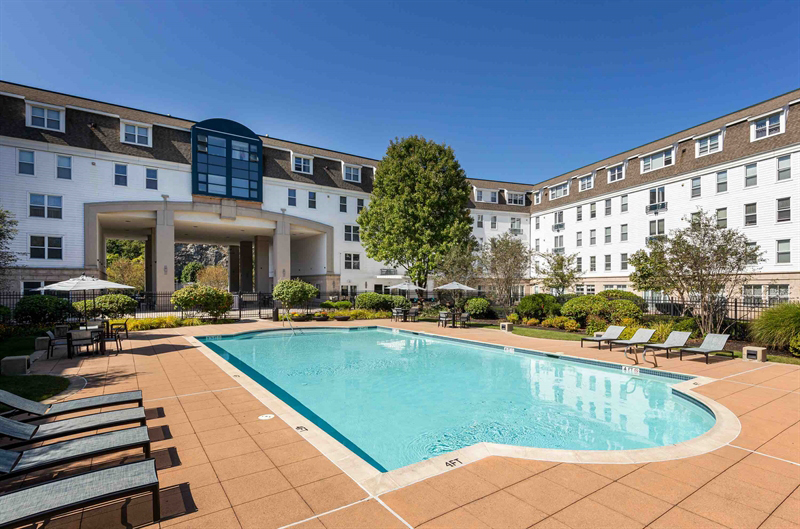
GEOGRAPHICALLY ASSOCIATED SOILS: These include theįarrenburg soils. Mean annual temperature ranges from 58 to 65 degrees F, and mean annual precipitation ranges from 45 to 55 inches. These soils are on broad, slightly convex, natural levees and terraces. They are nearly level or on gently undulating slopes ranging from 0 to 5 percent. GEOGRAPHIC SETTING: Malden soils formed in sandy alluvium. Tarboro soils have less fine and very fine sand and typically contain fewer weatherable minerals. Peveto soils have shell fragments throughout. Crevasse soils contain less silt and clay in the solum, have less fine sand throughout, and lack hues redder than 10YR in the upper part of the 10 to 40 inch control secton. Buncombe soils have less fine sand and have flakes of mica throughout.

#Strata malden plus#
Assateague soils have less than 5 percent silt plus clay in the control section. Some pedons have brown and grayish brown mottles below depths of 48 inches and some contain thin strata of loamy sand, loamy fine sand, fine sandy loam, or sandy loam. The C horizon has hue of 10YR or 7.5YR, value of 4 or 5, and chroma of 4 to 6. It typically is loamy fine sand, fine sand, and loamy sand. The Bw horizon has hue of 7.5YR or 10YR, value of 3 to 5, and chroma of 4 to 6, and some pedons are reddish brown (5YR 4/4). It is sand, fine sand or loamy fine sand. The Ap horizon has hue of 10YR or 7.5YR, value of 3 or 4, and chroma of 3 or 4.

The control section has more than 5 percent silt plus clay. RANGE IN CHARACTERISTICS: The thickness of the solum ranges from 20 to 54 inches, but commonly is 30 to 48 inches. Latitude 36 degrees, 12 minutes, 57.1 seconds N., longitude 90 degrees, 2 minutes, 46.1 seconds W., NAD83. TYPE LOCATION: Dunklin County, Missouri about 3/4 mile south of Kennett 420 feet north and 1,290 feet west of the center of sec. (The combined thickness of the Bw horizons is 14 to 42inches.)Ĭ1-41 to 50 inches dark yellowish brown (10YR 4/4) fine sand single grain loose, slightly coherent when moist few fine roots moderately acid clear wavy boundary.Ĭ2-50 to 69 inches yellowish brown (10YR 5/4) sand single grain loose slightly acid. (Combined thickness of the Ap horizon is 5 to 15 inches.)īw1-10 to 22 inches brown (7.5YR 4/4) loamy fine sand very weak fine and medium subangular blocky structure very friable few fine roots moderately acid clear smooth boundary.īw2-22 to 41 inches dark yellowish brown (10YR 4/4) loamy fine sand very weak fine subangular blocky structure very friable few fine roots moderately acid clear smooth boundary. (Colors are for moist soil unless otherwise stated.)Īp1-0 to 4 inches dark brown (10YR 3/3) fine sand pale brown (10YR 6/3) dry weak fine granular structure very friable few fine roots moderately acid abrupt smooth boundary.Īp2-4 to 10 inches dark yellowish brown (10YR 3/4) loamy fine sand yellowish brown (10YR 5/4) dry weak fine granular structure loose, very friable few fine roots moderately acid abrupt smooth boundary. TYPICAL PEDON: Malden fine sand - on a 1 percent convex slope in a cultivated field. TAXONOMIC CLASS: Mixed, thermic Typic Udipsamments


Mean annual temperature is 60 degrees F, and mean annual precipitation is 50 inches.
#Strata malden series#
The Malden series consists of very deep, excessively drained soils formed in sandy alluvium on natural levees and terraces. Official Series Description - MALDEN Series


 0 kommentar(er)
0 kommentar(er)
